Average Speed of Answer (ASA) is one of the key metrics call centers should pay close attention to in order to maintain consistently high customer satisfaction levels. Along with other critical contact center metrics and KPIs, the Average Speed of Answer is measured to evaluate the efficiency of the inbound call handling process and the overall performance of a call center. That is why minimizing ASA and improving the overall speed of customer support is often an important objective in call centers.
What is the Average Speed of Answer (ASA)?
The Average Speed of Answer (ASA) is a call center metric that measures how long it takes on average for an incoming call to get answered by a customer support agent, starting from when a caller is placed in a call queue. The call center industry benchmark for the Average Speed of Answer is 28 seconds.
Lower ASA generally means that call center agents are answering incoming calls quickly, which results in shorter wait times for callers, making it an essential metric that shows how well you are meeting customer expectations for quick support.
How to Calculate the Average Speed of Answer
Call center’s ASA is calculated in seconds by dividing the total waiting time for calls answered by the total number of answered calls. The total waiting time encompasses the entire time from when an agent’s phone rings until the call is picked up, including the time a caller spends waiting in the queue (known as the Average Wait Time) but excluding the time of interacting with the IVR menu.
The ASA formula is the following:
ASA = Total Waiting Time for Answered Calls / Total Number of Answered Calls
For example, if a service team handled 250 calls in a day, and the total wait time for callers was 8000 seconds, the Average Speed of Answer would equal 32 seconds for this day (ASA = 8000/250 =32). It means that, on average, a customer who calls your support line waits for 32 seconds before they are connected to a customer service representative.
Alongside the team level, the Average Speed of Answer can be calculated at the individual level, helping contact center managers and supervisors identify agents who might need additional training.
Why is ASA an Important Call Center Metric?
The Average Speed of Answer is a critical metric in call center management that reveals how responsive your customer support team is, which has a significant impact on your customer experience and customer satisfaction levels. In addition, ASA can be used to measure agent performance in tandem with other KPIs, as well as help managers better determine their staffing needs. Reducing ASA may bring in the following specific benefits:
Improved customer satisfaction and CX
Longer ASA means callers have to wait longer in call queues, affecting how customers judge the level of service and often resulting in increased customer frustration. Reducing ASA allows for increasing customer satisfaction by reducing wait times. Answering customer calls quickly is also essential to improving the overall customer experience, nurturing ongoing customer relationships, and fostering customer loyalty.
Reduced abandoned calls
According to Call Centre Helper Research, 43% of contact centers report that most of their customers will abandon the call if left in a queue for only one minute. Lowering ASA reduces the number of abandoned calls, lowering your Call Abandonment Rate, and ensures that more incoming calls are answered and more issues are resolved by a customer service team.
Enhanced agent productivity
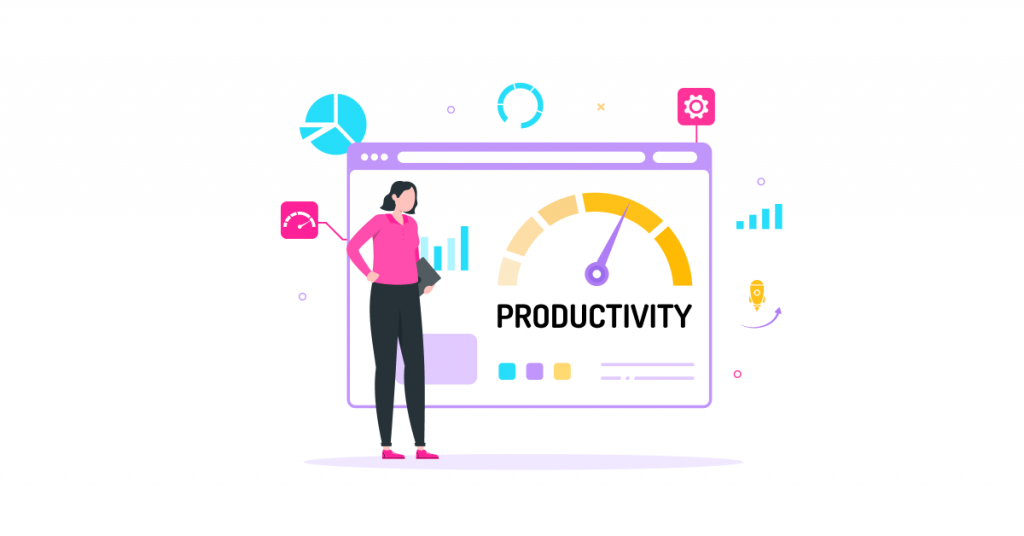
When agents answer calls quickly, call queues move faster, which means agents are able to handle more incoming customer calls in a shorter time. That ultimately results in increased agent productivity. In addition, agents will have to deal with fewer frustrated callers and can resolve issues faster, improving the contact center’s First Call Resolution rates.
Better resource utilization
When a contact center’s Average Speed of Answer is low, it’s an indicator that current staffing levels are adequate to handle the inbound call volume and agents are utilized efficiently. Moreover, reducing wait times and ASA also results in cost savings in terms of cutting down on telecom expenses.
How to Reduce ASA in a Call Center
Optimizing call routing
Reducing ASA in call center requires having a well-implemented call routing strategy. By utilizing Automatic Call Distribution (ACD), an Interactive Voice Response (IVR) system, and advanced call routing options, contact centers can lower the Average Speed of Answer by effectively distributing and routing inbound calls to the most appropriate departments and agents.
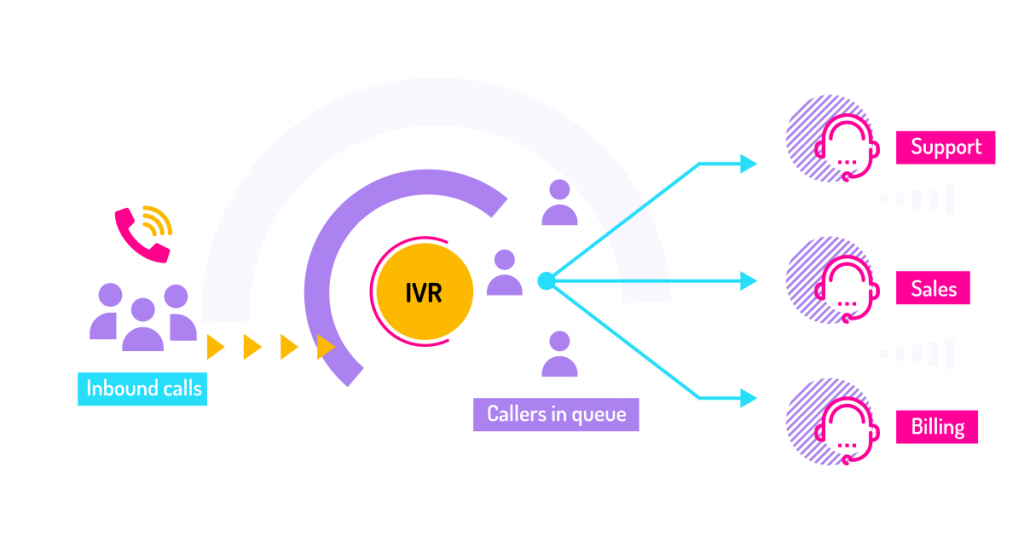
For example, a well-structured Interactive Voice Response (IVR) menu with self-service options for handling basic queries can reduce the inbound call volume, accelerate call queues, reduce the load on agents, and thus contribute to lowering the Average Speed of Answer. While skill-based routing ensures callers are connected to the best-fitting agents with the most appropriate skills and expertise to handle certain types of customer issues, which improves FCR rates, reduces wait times, and improves the Average Speed of Answer.
Leveraging queue callbacks
One of the most effective ways to lower ASA is implementing queue callbacks. With a queue callback option enabled, a caller can choose to opt to receive a call back from an agent when they reach the front of the call queue.
That eliminates the need for callers to waste time waiting on hold in long call queues which often becomes frustrating and negatively impacts the overall customer experience and the customer’s perception of the speed and responsiveness of your customer support. Thus, leveraging a queue callback not only lowers ASA but also helps improve your Customer Satisfaction Score (CSAT) and reduces Call Abandonment Rate.
Adjusting call center staffing levels
A high ASA as well as long wait times in queues and a high call abandonment rate may indicate that a contact center is understaffed, meaning there are not enough agents to handle the inbound call volume efficiently while keeping customers satisfied with the level of service they receive.
To reduce ASA and improve other call center performance metrics, managers should utilize call center forecasting techniques to accurately predict incoming call volumes – taking into account seasonal spikes and increased call volumes at different times of day or week – and adjust the staffing levels accordingly to meet the demand.
For example, if your call volume is typically higher on weekends, it makes sense to increase staffing to ensure you have an adequate number of agents available to handle calls and maintain the Average Speed of Answer at a reasonable level.
Empowering and motivating agents
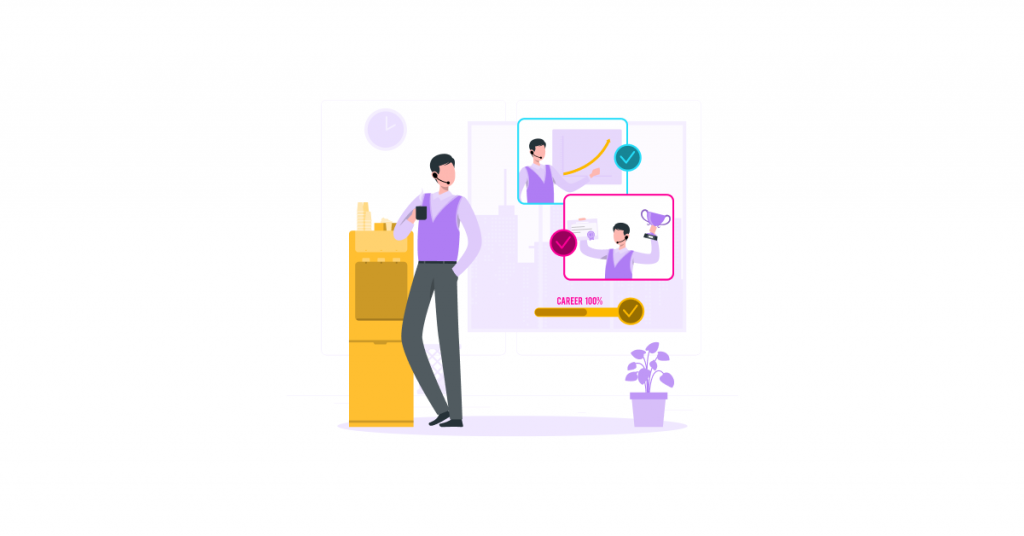
In addition to having advanced call center technology and maintaining appropriate staffing levels, it’s essential to regularly and consistently train agents on how to resolve customer issues quickly and efficiently and optimize their After Call Work time.
Having instant access to all the necessary resources (knowledge base articles, troubleshooting guides, call scripts, etc.) also ensures they are well equipped and prepared to handle customer calls in the most efficient way, leading to faster issue resolutions and enabling them to get through call queues faster.
Another important aspect is proper motivation and recognition. Motivating agents and providing incentives for excellent performance not only helps enhance their efficiency and productivity but also improve your metrics and KPIs (including ASA, FCR, and the Average Handle Time).
Consistently monitoring performance metrics
Call center managers should regularly monitor ASA and other performance metrics and KPIs like the Average Handling Time, First Call Resolution, Service Level, Call Abandonment Rate, Agent Utilization, and other metrics through real-time and historical reports to analyze trends, identify inefficiencies, and make timely adjustments. Most call center software solutions offer reporting and analytics capabilities.
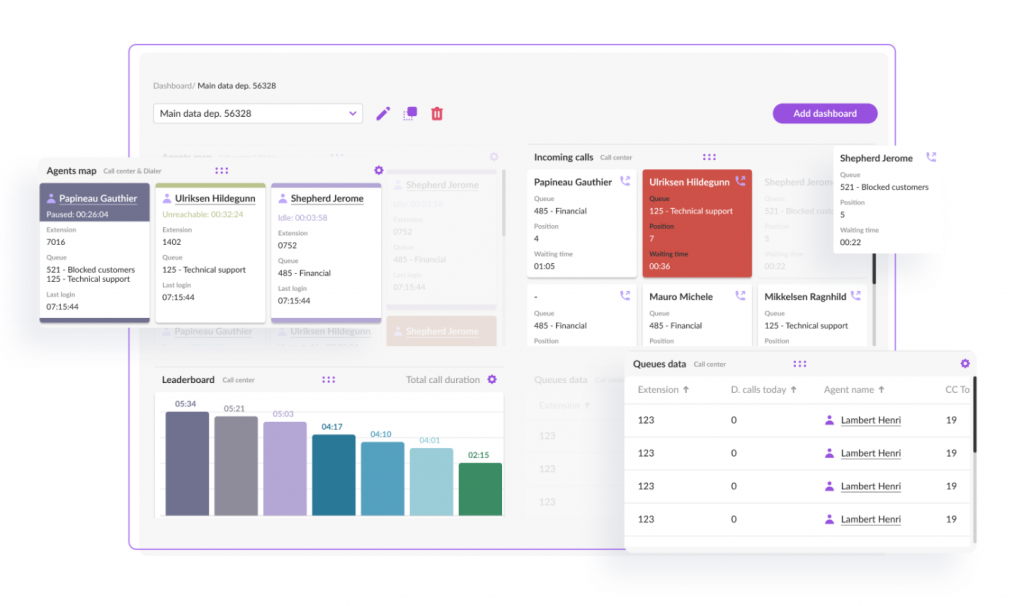
E.g., with VoiceSpin call center software, managers can track metrics through real-time dashboards and historical reports and make more data-driven decisions about staffing levels, call distribution, and process improvements, reducing ASA and improving the overall call center productivity and performance.

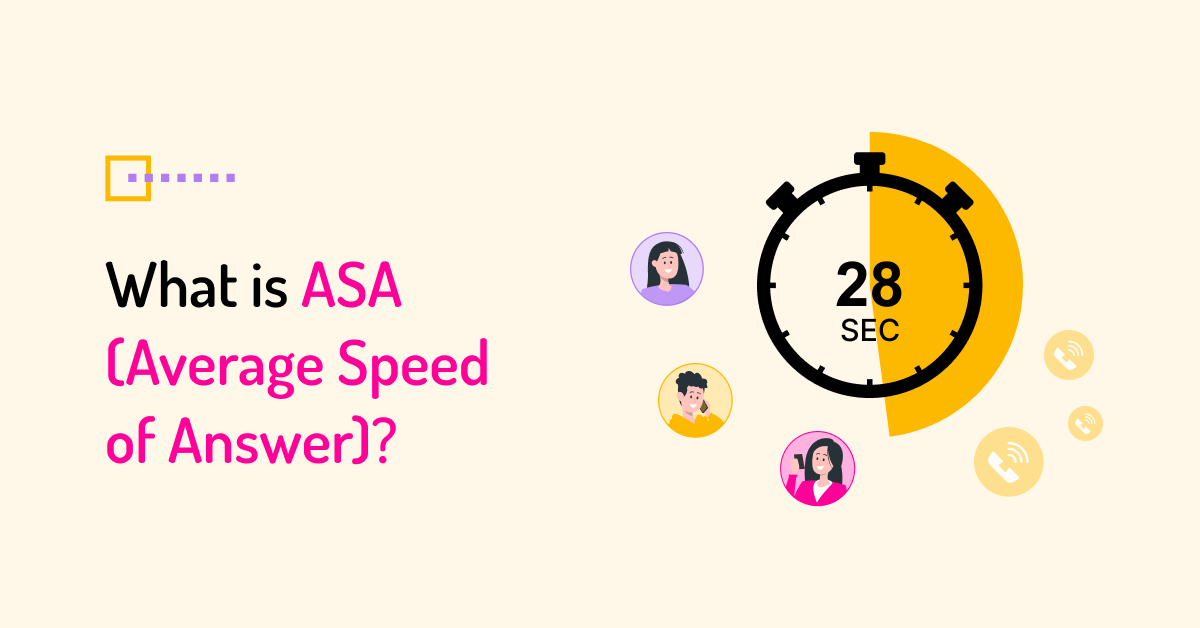

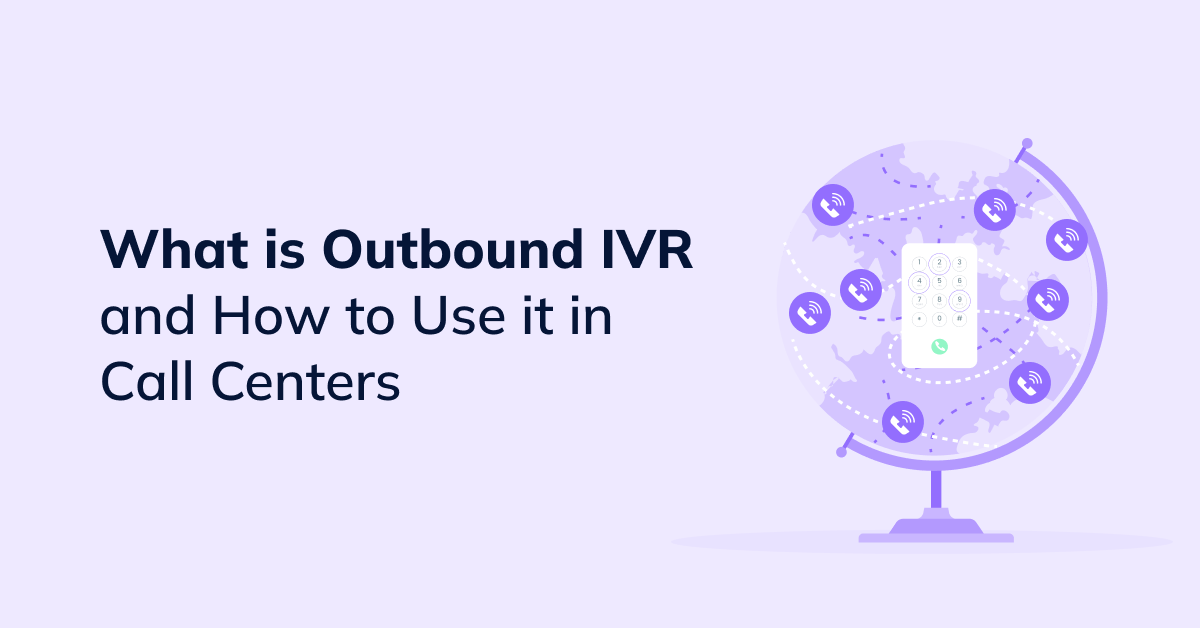
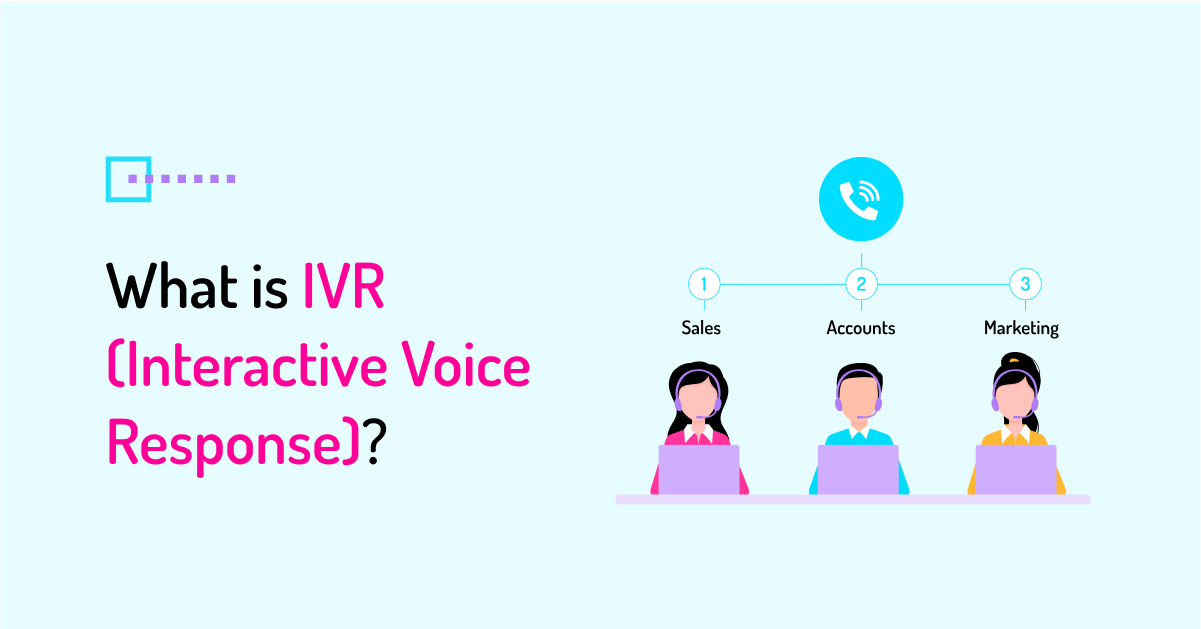
 +18889082995
+18889082995
 +442036084160
+442036084160
 +97237237006
+97237237006